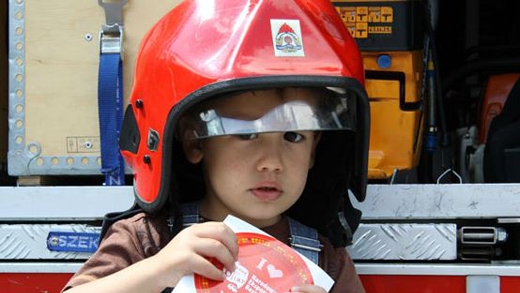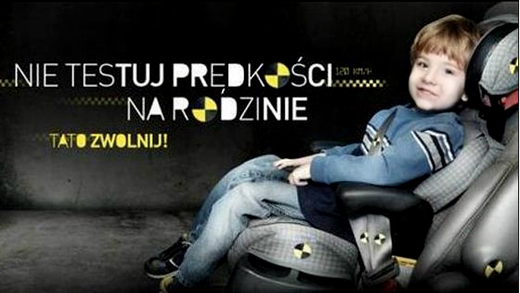Twenty-four year old Karolina Zielinska was in a car that was hit by another driver who didn't stop. She flew through the windshield and spent weeks in hospital recovering from head injuries.
"The biggest lesson I've learnt is that you should always have your seat belt fastened," she says.
Safety is a lesson still being taught to Polish drivers, passengers and pedestrians. Yet, a recent national campaign telling people to buckle up and to think twice about speeding or downing a beer or two before getting behind the wheel is having an effect.
"Switch on your Brain," as the campaign is called, uses memorable and graphic television and print ads and posters urging Poles to be safe. As part of the campaign, road safety is promoted at public events on busy holiday weekends. Defensive driving classes have been organized.
Initial reports say the marketing push is making Polish roads safer overall by substantially decreasing the number of deaths and accidents, although the number of accidents in the first half of 2011 was higher than the previous year's.


